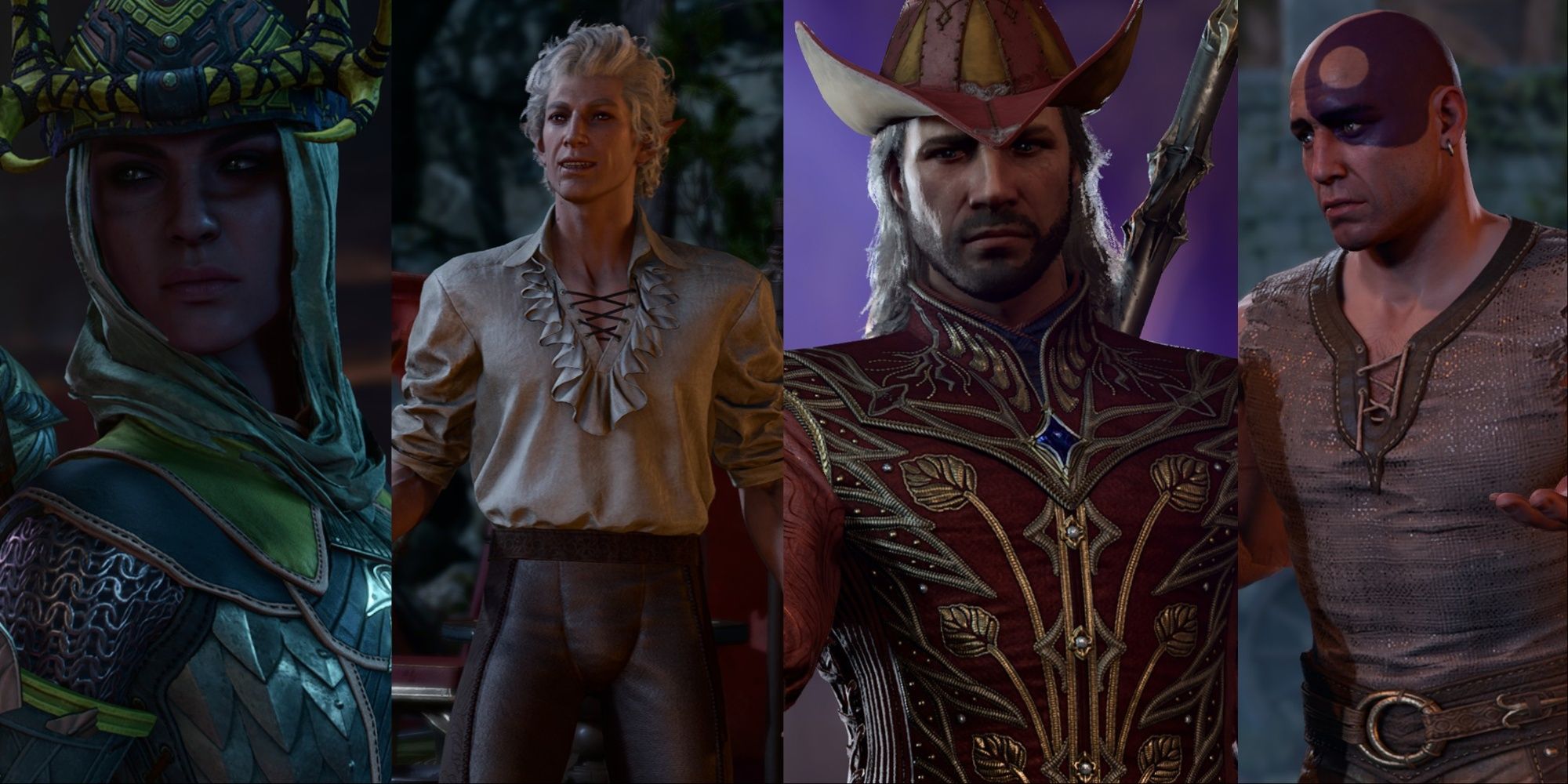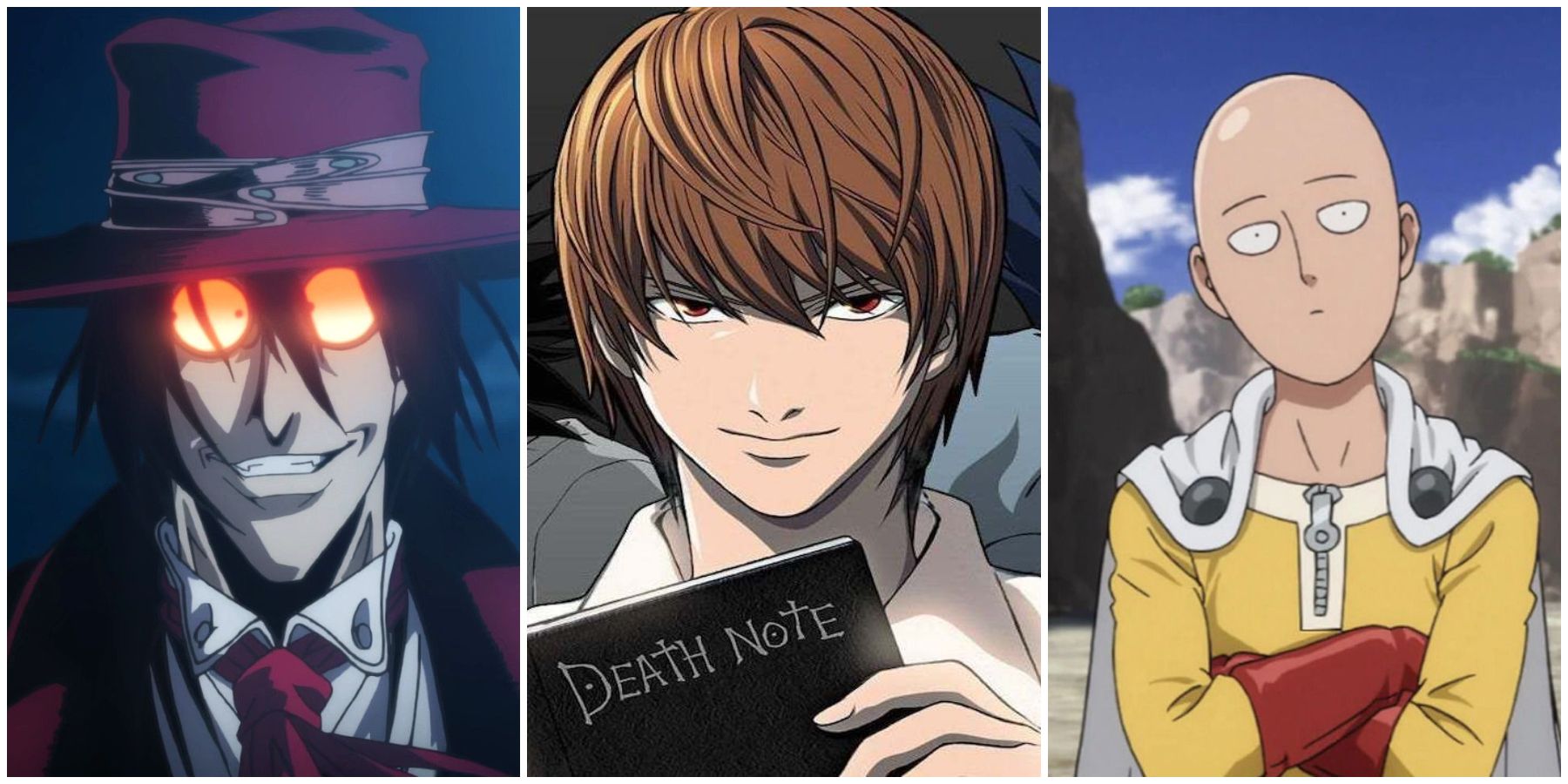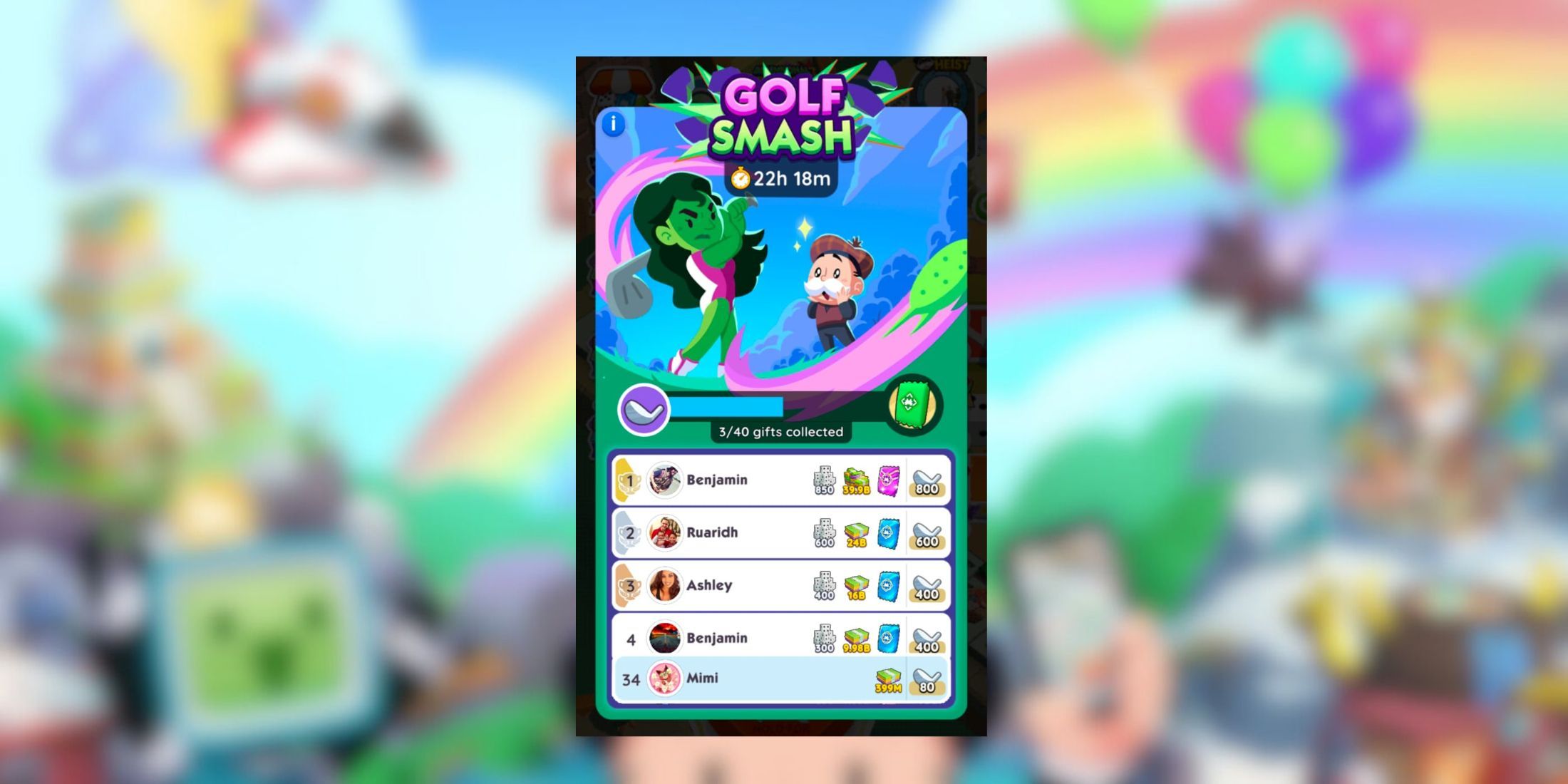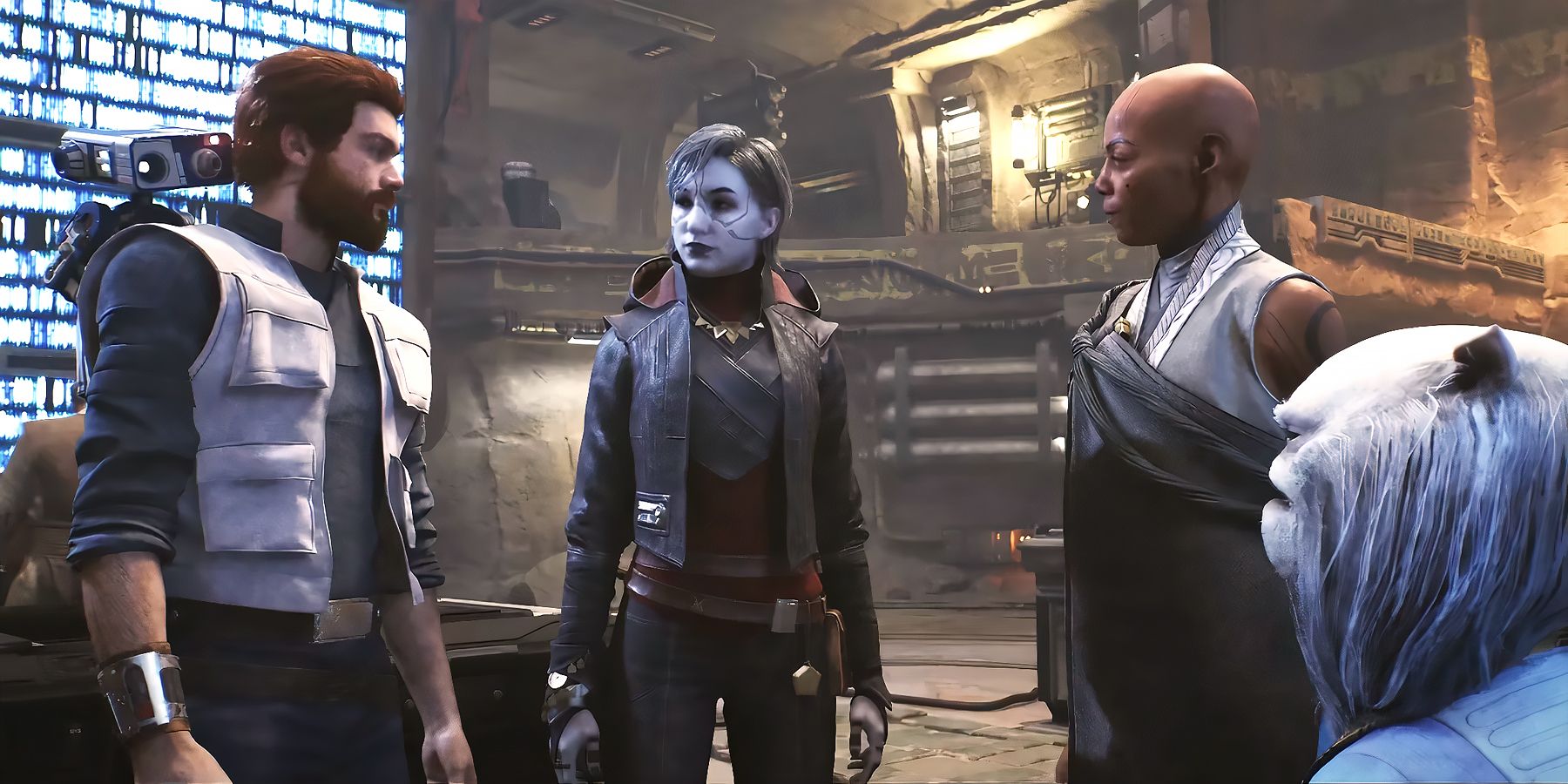Key Takeaways
- Companions in Baldur’s Gate 3 can change moral alignments based on player decisions.
- Ongoing updates introduced new content for Companions post-launch.
- Players can influence endings and moral alignments for Companions through their actions.
Baldur’s Gate 3 continues to impress gamers more than a year after its release, and there’s a whole wall of awards at Larian Studios to prove it. In the spirit of an immersive plot and a detailed storyline, the Companions that join Tav’s adventuring party might start as one moral alignment and change to another depending on the choices that the player-created main character makes.
This might be why the writers and developers decided to leave the D&D concept of moral alignments out of Baldur’s Gate 3. It’s still an interesting way to look at character development, story progression, and role-playing options, with even more to do and see in the Origin character storylines when it’s time to see the game from their point of view.
Updated October 4, 2024 by Kristy Ambrose: Several ongoing updates, patches, and new content have added new possibilities for every Companion in Baldur’s Gate 3 since its official launch last year, but Larian Studios is moving on and the changes and additions have come to an end.
That includes new intimate scenes, dialogue options, and perhaps changes or improvements to their ultimate fate. Make sure to chat with every Companion available at Withers’ After-Party and learn how Tav’s friends, enemies, and lovers ended up after the defeat of the Netherbrain.
The following information might contain Baldur’s Gate 3 spoilers because the character arcs of some companions affect their alignment, and by the end of the game, they might change depending on where Tav goes with them.
1 Astarion
Alignment: Neutral Evil
- Find him on the eastern side of the Nautiloid next to a cliff.
Vampires are usually easy to classify as Lawful Evil because they have to follow a narrow set of rules. Astarion, however, when the story begins he’s a vampire spawn with an Illithid tadpole in his eye, and he’s wandering free of the well-ordered system that his master created for him, so he doesn’t fit into this category.
In the First Act, Astarion is using Tav to get the protection and information he needs and is generally selfish or flippant about the feelings of others. He’s not making long-term plans, but is more focused on survival than malevolence, making him Neutral Evil.
Possible Changes
- Lawful Evil. Should he ascend and become a Vampire Lord, he would graduate to Lawful Evil. Ascended Astarion is also shamelessly and openly evil at the After Party, bragging about his nefarious deals and opulent lifestyle. Players have the option of calling him out for it depending on the status of their relationship.
- Neutral Good. Depending on how the fight with Cazador unfolds, he could free the other spawn instead of killing them, a selfless act that could push him into the Good category. Should Astarion remain a Spawn until the conclusion of Act 3, he takes on the morally gray profession of Assassin, which is at least an honest living compared to his previous life.
2 Gale
Alignment: Neutral Good
- Use your unique class skill to rescue him from a malfunctioning portal north of the Nautiloid wreckage.
Gale is one of the few companions that Tav can persuade to stay in the party even if they side with the Goblins and destroy the Druid Grove. His motives are mostly altruistic but benevolent, with some concern for others, but mainly focused on his own goals.
Characters that are Neutral Good don’t mind breaking the rules to reach a goal or get what they want. It’s an alignment that makes sense for a Wizard, a class that’s known for their love of study but is powerful enough to reject social norms. This is especially true for one as close to the Weave as Gale, so he works well in a mixed party and the player can keep him on an “evil” run.
Possible Changes
- Neutral Evil. Should he ascend to godhood, he becomes aloof and smug along with being all-powerful. His beloved cat, Tara, doesn’t hold back when she talks about how disappointed she is in him. However, his power is real, and so are the rules he has to follow as the bone-fide deity in Faerun.
- Neutral Good. Gale’s other option, becoming a professor, isn’t as glamorous but feels more like a typically “good” ending. He retains the better parts of his personality, and his cat and his mother are much happier to have him back in Waterdeep living as normal a life as a gifted Wizard can.
3 Halsin
Alignment: Neutral Good
- Recruit him by saving the Grove from the Goblins and helping him cleanse the Shadow-cursed Lands.
Druids are always of a Neutral alignment because that’s how the Oakfather, one of the incarnations of Silvanus, operates in the natural world. Halsin’s actions indicate that he also has a good moral alignment because he sides with the Teiflings against the Goblins and demotes Kagha for starting the Rite of Thorns.
Halsin has an ambivalent view of his role as Arch Druid because the power of authority or the need to follow strict rules isn’t important to him, which is typical of a Neutral Good alignment. Kagha, in contrast, would be Neutral Evil because she’s willing to drive out or even kill people to consolidate her power.
Should the player succeed in finding Thaniel and Oliver and curing the Shadow-cursed Lands, Halsin will join them as a Companion. His fate is to return to the Underdark and rebuild Reithwin Town and Moonrise Towers, along with raising a small army of orphaned children, a fate that’s as good and wholesome as he is.
Possible Changes
- True Neutral. It’s possible to tweak Halsin’s alignment over time if you have him in your party for a while, which means finishing his quest and successfully lifting the Shadow curse. He doesn’t mind players who are Rogues or Assassins, thanks to his neutral nature, and won’t judge a player who makes some evil choices in Act 3.
4 Jaheira
Alignment: True Neutral
- Joins the party at the end of Act 2, provided she survives the attacks on Last Light Inn and Moonrise Towers.
When Jaheira first appeared as a companion in the first two games in the franchise, she was True Neutral, and her alignment remained the same in Baldur’s Gate 3. It’s a difficult alignment to interpret and play, which is why it’s not very common, especially outside of the Druid class.
Jaheira always had a sharp tongue and little patience, which Tav learns the hard way, and she’s tough but fair. Her alignment makes her a reliable companion despite Tav’s choice of composition and also explains why she can stay friends with the outspoken and unpredictable Minsc.
As long as players rescue Minsc, Jaheira remains a possible Companion. After defeating the Netherbrain, should she survive as long, Jaheira spends her time rebuilding her hometown of Baldur’s Gate and fussing over her large family.
Possible Changes
- Neutral Good. If the protagonist is following the good path, even as a Dark Urge character, Jaheira will follow them. In fact, the case of the Resisting Dark Urge seems to strengthen her resolve and she takes a role in helping the main character in their weakest times.
- Chaotic Neutral. Should the protagonist fail to rescue Minsc, and he dies in the sewers, Jaheira erupts in anger at them and storms out of the party. It’s a snap judgment made at an emotional time, but she can’t be talked out of it and leaves the camp as well.
5 Karlach
Alignment: Chaotic Good
- Agree to help her hunt the Paladins of Tyr, and she’ll either join the party or go to your camp.
She dances, cracks jokes, and approves when Tav adopts wayward animals or helps lost children. When Karlach is first introduced to the player, they have the option to kill her to complete Mizora’s quest, and players of a Good alignment who trust Wyll or side with the nearby Paladins of Tyr could still be tricked into slaying her.
It’s easy to conclude that this fun-loving and fire-spreading Barbarian is of a Chaotic Good alignment, even though she was in the employ of a powerful Fiend in Avernus. Karlach has a few possible endings, and thanks to some patches after release, not all of them are heartbreaking, and none of them change her solid Good alignment with one possible exception.
Possible Changes
- True Neutral. Karlach can also become a Mindflayer if the player chooses to rescue Orpheus, which also solves the problem of the Infernal Engine. Karlach is clearly happy to be free of it, but she’s barely recognizable, and not just in the physical sense. In this case, the racial change would force her personality to be True Neutral.
6 Lae’zel
Alignment: Lawful Evil
- Save her from the Tieflings after helping her escape from the Nautiloid.
Cold, calculating, and highly disciplined, most Gith fall into this category due to their upbringing and culture. The residents of Faerun don’t have a very high opinion of Gith because they tend to be ruthless. Shadowheart’s attitude towards Lae’zel, for example, indicates that there’s plenty of animosity on both sides.
When the game starts in the Nautiloid ship, Lae’zel immediately assumes the role of leader and looks at her companions in hierarchal terms. She also has a mission to fulfill and defers with passionate energy to the royal and military ranks of her people. These are all indications of Lawful Evil.
Possible Changes
- Lawful Neutral. If players side with the Emporer to kill Orpheus, this makes her an outcast from her people, perhaps turning her away from her Lawful nature to some extent. Persuade her to question the Queen and even turn against her commanders, however, and she loses her Lawful alignment but never deviates from it completely.
- Lawful Good. The player has the option of becoming a Mind Flayer at the end, and should they do so, Lae’zel will refuse to stay in Faerun because she can’t be with a Mind Flayer as a friend or romantic partner. It’s another indication of her steadfast dedication to a Lawful alignment, whether good or evil.
7 Minsc
Alignment: Chaotic Good
- Complete Jahiera’s quest and rescue him from the Doppelgangers in Act 3.
Rangers are the kind of class that can be any alignment, and Minsc is Chaotic Good just like he was in Baldur’s Gate 1 and 2. His moral alignment might be the easiest of all to figure out, starting with his generally chaotic personality.
Minsc is an outspoken enemy of evil, so it’s obvious that he’s of a Good alignment. Put those two traits in one character and there’s the Chaotic Good alignment. Minsc doesn’t care about rules or protocol, and given his intelligence score those kinds of things might be too complex to process anyway.
Possible Changes
- Chaotic Neutral. It’s almost impossible to sway the stubborn and loyal Minsc from his good alignment, but it’s hard to tell because he joins the party fairly late. However, he’ll follow a protagonist of a Neutral or Evil alignment provided they successfully finish Jaheira’s quest to rescue him.
8 Minthara
Alignment: Lawful Evil
- Recruit her by agreeing to help her destroy the Druid Grove.
Lawful Evil is the alignment of tyrants, vampire lords, devils, and other civilized but malevolent beings. Some D&D classes don’t have a lot of choices when it comes to moral alignment, and Paladins are one example. Not all Paladins are Lawful Good, however, and Minthara is an example of one that follows the Lawful Evil path.
Even players who don’t recruit her will notice that she believes in a rigid hierarchy and strict rules to govern it. Minthara’s alignment is pretty solid throughout the game, and unlike other characters, she can’t be persuaded or intimidated into joining a party with benevolent intentions.
She might waver between Lawful or Neutral, but there were some new romantic options added, including an ending where the protagonist chooses to live with Minthara. Even if she doesn’t turn away from evil, at least she’s free of the Absolute.
Possible Changes
- Lawful Nuetral. Now that there’s an option to recruit Minthara without wiping out the Druid Grove, alternate moral alignments for Minthara have become real possibilities. If she’s recruited in Act 2, after being saved from the Absolute, she’ll follow the main character along a good moral path even if she never turns away from evil entirely.
9 Shadowheart
Alignment: Neutral Evil
- Find her on the beach, provided she survives the Nautiloid.
Few other companions go through as dramatic an arc as Shadowheart, a Cleric of Shar who’s on a mysterious and dangerous mission for her deity. The Lady of Loss is of a Neutral Evil alignment, and when Shadowheart escapes from the Nautiloid and joins the camp, she follows the same path as her goddess but her alignment changes depending on the path her story takes.
Possible Changes
- Lawful Evil. Killing the Nightsong and becoming a Dark Justiciar makes her Lawful Evil, but declining to do so leaves her on a Neutral path. Shadowheart goes on to take over from Viconia as Mother Superior should she continue her path as a Dark Justiciar. Her choice to either kill her parents or set them free can move her to a good morality.
- Chaotic or Neutral Good. If Shadowheart betrays Shar, she spends her time exploring Faerun, and some of her travels take her to Selunite holy places. The player character can travel with her as a romantic partner if they so choose. Her choice to either kill her parents or set them free can move her to a good morality.
10 Wyll
Alignment: Lawful Good
- He joins the party if you agree to help him find Karlach.
It’s an unusual alignment for the class that makes a deal with a devil to get their powers, but there’s a story behind Wyll the Warlock that makes sense. This goes back to the famous local story of the Blade of Frontiers, but Wyll tells the protagonist the parts that nobody else heard, and Mizora’s appearance explains it even more.
Wyll could be the most wholesome of the companions. He’s great with kids, loves and forgives his estranged dad, and lost an eye in a fight to defend Baldur’s Gate. All of his possible endings are of good alignment in keeping with his lofty morals, and he can either take his father’s place as the wise and benevolent Duke or take on Zariel and her minions as the Blade of Avernus.
Possible Changes
- Chaotic Good. Wyll defies his Pact with Mizora and refuses to kill Karlach, not only because it’s wrong morally, but also because he thinks that Mizora has breached the said contract. That’s a Chaotic act, and his actions following often revolve around getting out of the contract entirely.
- Lawful Neutral. On the other hand, if he does go through with it and kills Karlach anyway, he keeps following the Pact and retains his alignment despite the guilt. Whetherkilling Karlach is good or evil in this case is beside the point, it’s just a question of whether Wyll follows the rules.
/cdn.vox-cdn.com/uploads/chorus_asset/file/22134873/15BR_BPLaunch_Stills_Mando_MOTD_1920x1080.jpg)







